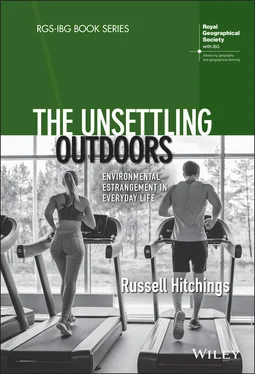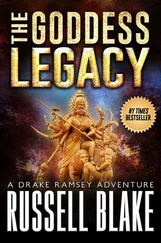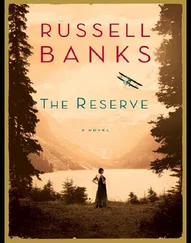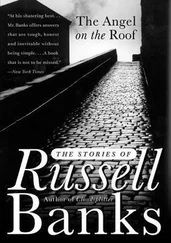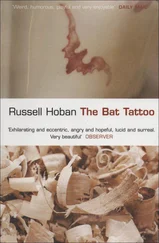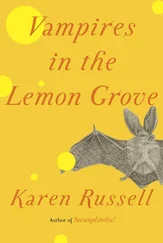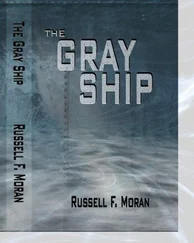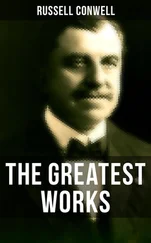Recent examples include a study in which Chinese citizens were shown urban scenes (from those with lots of concrete to those with more vegetation) in an attempt to identify how public greenspaces could be most effectively designed to reduce stress (Huang et al. 2020). Then there is a consideration of the value of features like colourful flowers based on how people in British parks and gardens respond to different pictures of plants (Hoyle, Hitchmough, and Jorgensen 2017). Another example is an exploration of the extent to which ‘actual’ or ‘perceived’ biodiversity in the greenspaces experienced by French residents impacts most positively on their wellbeing (Meyer-Grandbastien et al. 2020). A fourth study began by tinkering with images of various local cityscapes (adding vegetation to places where it is currently lacking) before seeing how Chileans responded to these pictures (Navarrete-Hernandez and Laffan 2019). The authors took such an approach based partly on the argument that, even though a great deal of work has focused on the visual experience of parks, many cities cannot boast these facilities. Their argument is consistent with the findings of Hartiget al. (2014), who note how parks have been the predominant focus when researchers have thought about what they should do with the suggestion that greenspaces promote public health.
But what if, for other reasons altogether, and which have comparatively little to do with effective greenspace provision and design, people are becoming disinclined to derive these benefits? What, for example, about broader processes of cultural change: the trends that gradually push us to live our lives in some ways instead of others and which, often without us necessarily noticing, are quietly shaping the future of greenspace experience? Scholars occasionally argue for the need to consider such broader sweeps of change. Grinde and Grindal Patil (2009), for example, pursue the contention that, though greenspace benefits appear to exist, we must still stay mindful of their ‘penetrance’. Their point is that we should not forget how various cultural factors may very well be over-riding their apparent draw. Hartig (1993) has similarly argued for studying greenspace experiences in a ‘transactional perspective’, namely alongside, rather than apart from, the broader processes that either push people towards or away from these experiences. His idea is that, though positive responses may be hardwired into humans, the likelihood of different groups seeking out the experiences that produce them is another matter. If spaces containing certain kinds of living vegetation are where we feel most at home, we might imagine that tempting people into such environments shouldn’t be so hard. Not so, according to some others.
The Extinction of Experience
Enter the ‘extinction of experience’ thesis. This is the idea that, despite the various apparent benefits of spending time in greenspace, many lives are increasingly decoupled from regular outdoor experiences with living vegetation, different forms of local animal life, and other natural features. According to Soga and Gaston (2016), fewer and fewer of those who live in modern societies are having enough contact with the natural world. This, according to Pyle (1993), the originator of the term ‘extinction of experience’, sets up a vicious circle of increased alienation from experiences that may very well be beneficial to us, but to which we could be increasingly indifferent – a cycle of growing disaffection that may well have, according to many of these researchers, some fairly disastrous consequences. Zooming out to contemplate the broader history of humankind, Kellert (2002, p. 118) goes as far as to argue that modern US society has ‘become so estranged’ from its natural origins, that it now fails to recognise its ‘basic dependence on nature as a condition of growth and development’. It’s easy to see the problem here. If many people no longer care about, or see themselves as part of, the wider ‘natural world’, humanity could very well be drifting towards a rude awakening, whilst (adding insult to injury) being comparatively unhappy along the way by virtue of how they are increasingly oblivious to the benefits that flow from greenspace experience.
This is an alarming prospect. And we should examine the processes involved before we abandon all hope. The leading villain in this story is often urbanisation. Despite the best efforts of some of the park planners and researchers discussed above, city living is often taken to draw people away from the likelihood of beneficial encounters with greenspace. If the vast majority of humans are now living urban lives, researchers should examine how everyday experience is structured in different cities around the world and see what that tells us about the likelihood of people venturing out into greenspaces (see, for example, Turner, Nakamura, and Dinetti 2004; Fuller and Gaston 2009). Another anxiety centres on how new recreational activities could be replacing outdoor play. The migration of social life online and the ways in which many children are coming to prefer computer games over outdoor activities has been a particular source of worry for some (Pergams and Zaradic 2006; Soga and Gaston 2016). Just how busy many people now are occasionally gets a mention – how it is that many groups, in cities at least, now feel themselves to be too rushed to think about ways of inserting more greenspace experience into their lives (Lin et al. 2014). Ward Thompson (2002) develops this last point by considering the apparent stigma of lingering without purpose within societies whose members feel they should be seen to be doing something. Could it really be that the simple idea of sitting and contemplating greenspace has become too challenging for those who feel they ought to be otherwise preoccupied? This connects to concerns (Duvall and Sullivan 2016) about how our technologies can stop us from reaching the point when we are able to derive greenspace benefits even when we have managed to get there. Smartphones might provide a helpful social crutch if we find it difficult to appear purposeless in a park. But, if we have made it to the park but cannot help but look at our screens when we are there, is being there really doing us so much good?
Others have pointed to how an alternative series of, less frequently discussed but no less important, social trends have also served to discourage people from acting on the suggested desire to be around plants and trees. Bixler and Floyd (1997), for example, make the obvious but crucial point that, if we stopped for a second and allowed ourselves to consider changes in how human lives are most commonly organised (instead of jumping the gun with a premature focus on effective landscape design), we should be unsurprised to see a growing separation between everyday life and outdoor greenspace. Because of how societies have set about making life easier for themselves, natural areas may now be ‘uncomfortable’ for many. As they noted, in the twentieth century, most advances in home design have sought to improve comfort (see also Shove 2003, on these trends). So, whilst central heating and air-conditioning, showers, sinks and other inventions may initially seem like fairly innocuous and attractive technological advances, they have probably, according to them, also resulted in a ‘narrowing of comfort range and lowered tolerance for a wide range of environmental irritants’ (Shove 2003, p. 448). In developing this suggestion, theirs is a very different way of seeing human encounters with the ‘natural world’ when some of the above studies can tend to celebrate greenspace benefits. Could it actually be that many people now see outdoor greenspaces as places of environmental ‘irritation’ (more than enjoyable restoration) when compared to their indoor comforts? Perhaps we should consider what keeps people away from outdoor greenspace as much as what they would ideally experience if they went.
Читать дальше
